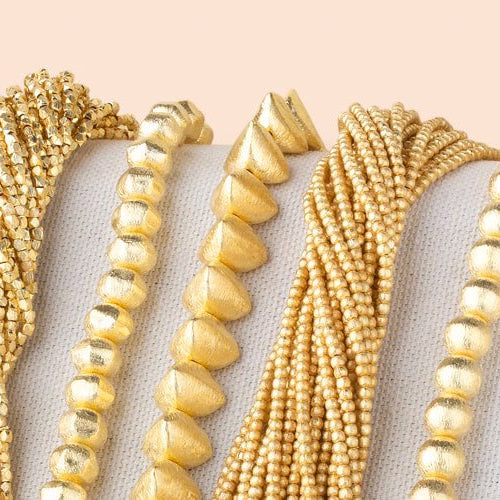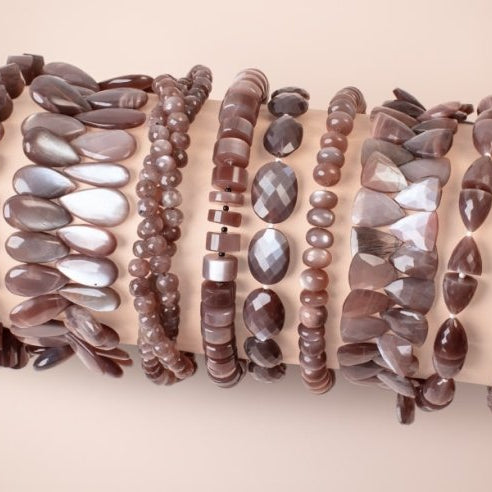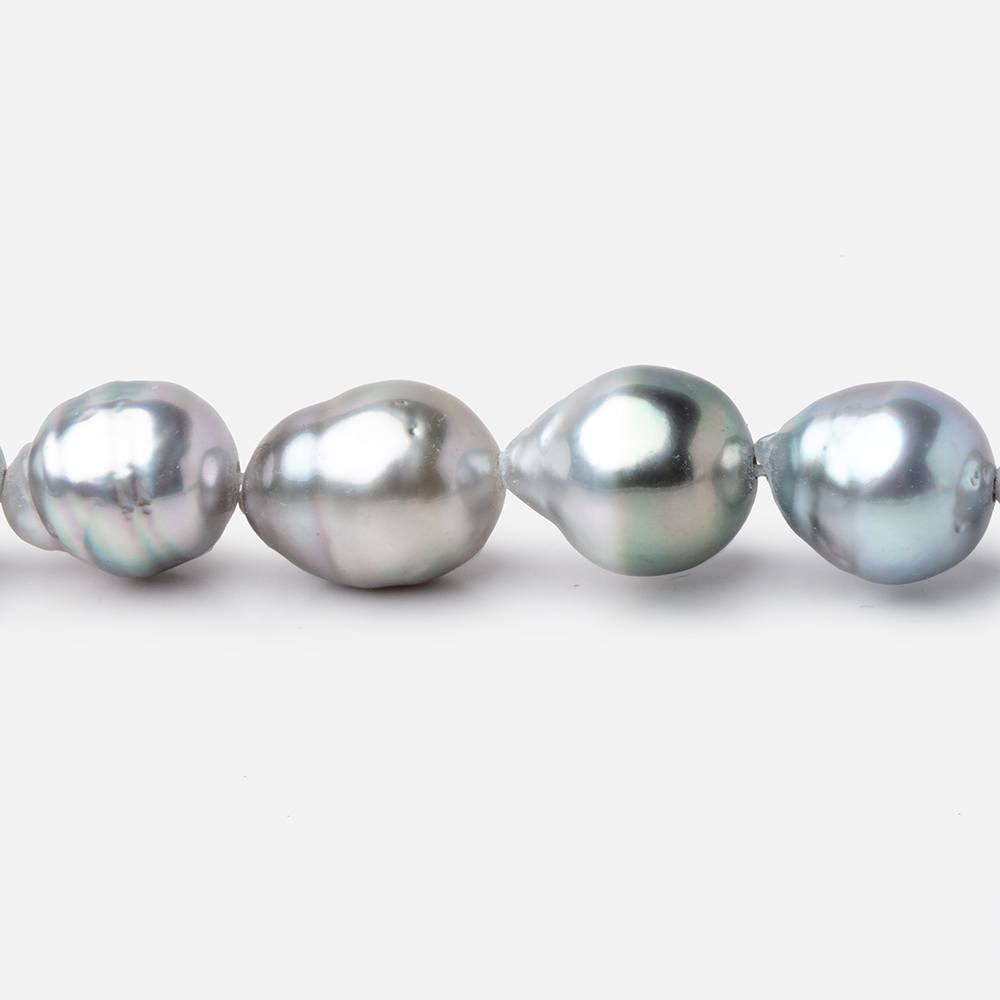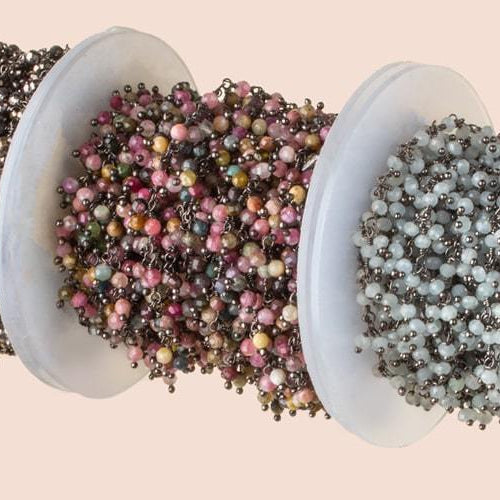If you love working with gemstone beads, wire wrapping is a fun way to create eye-catching, one-of-a-kind pieces. Whether you are new to wire wrapping or you have a bit more experience, it’s easy to make mistakes. In many cases, however, those mistakes are simply new designs waiting to happen. Wire wrapping is a very forgiving project and there are all sorts of ways to fix your mistakes or turn them into “design features.”
There are some mistakes that you should definitely try to avoid, though. Broken wires or stones that easily slip out of their wrappings are big problems that can destroy your entire project. Wire wrapping stones isn’t difficult, but if you want to create pieces that will last, it’s important to know how to create durable pieces and avoid certain mistakes. Keep reading to discover a few wire-wrapping mistakes to avoid.
Uneven Loop Sizes
When you are wrapping beads and stones, uneven loop sizes can give the finished piece a sloppy and unprofessional look. Ensuring that they are all the same size can be tricky, but it isn’t as difficult as you might think.
The next time you make a loop, pay close attention to exactly where you hold the wire in your round nose pliers. Make a small mark on the pliers using a permanent marker to indicate where you hold the wire. When you make the next loop, line the wire up with the mark. The end result? Perfectly uniform loops. This simple trick can save you a lot of time and frustration and enable you to create pieces that look more professional.
Tool Marks
Tool marks are something else that can detract from the overall appearance of a finished piece. The best way to avoid them, of course, is to use tools as little as possible. There are plenty of times when you need the help of round nose pliers and other tools when wire wrapping jewelry.
Keep tool marks to a minimum by using tools with nylon tips, when possible. They are much less likely to damage the metal than metal tips. You may also be able to place a piece of cloth between your tool and the metal in order to avoid scratches and other types of marks.
When tool marks do occur, you need to know how to fix them. Most shallow marks can be removed using needle files, but this will leave a brushed look. To eliminate the brushed look, you’ll need to use fine-grit jeweler’s sandpaper.
If you are dealing with a larger groove or gouge, fixing it is a bit trickier. You’ll need to file the wire down to create a flattened look. To maintain symmetry, repeat on the other side.
Broken Wires
Having a wire break while you are creating a wrapped piece of jewelry can be a huge problem. Depending on the location of the break, you could end up needing to undo a significant portion of your work and redo it. While there is no way to completely prevent this problem, there are things you can do to make it less likely to occur.
For starters, use high-quality wire and choose the appropriate gauge. As you shape and reshape your wire, it will become brittle and more likely to break. If you anneal it first, however, the wire will be softer, easier to shape and less prone to breaking.
When you do break a wire, it’s important to know how to hide it. In many instances, you can simply coil 28-gauge wire over the damaged wire to hide your mistake. In fact, you can cover all your base wires in this way to create an interesting texture and a more aesthetically pleasing finished piece of jewelry.
The Bottom Line
Wire wrapping is a fun way to create one-of-a-kind jewelry pieces and accessories for any occasion. Whether you are a beginner or have some experience, it’s important to do what you can to avoid the mistakes listed above. The good news, though, is that wire is a very forgiving and versatile medium and most mistakes can be fixed with a bit of patience and creativity.
If you are looking for high-quality beads and gemstones for your wire-wrapping projects, we have you covered! Check out our full collection today and you are sure to find exactly what you need.











